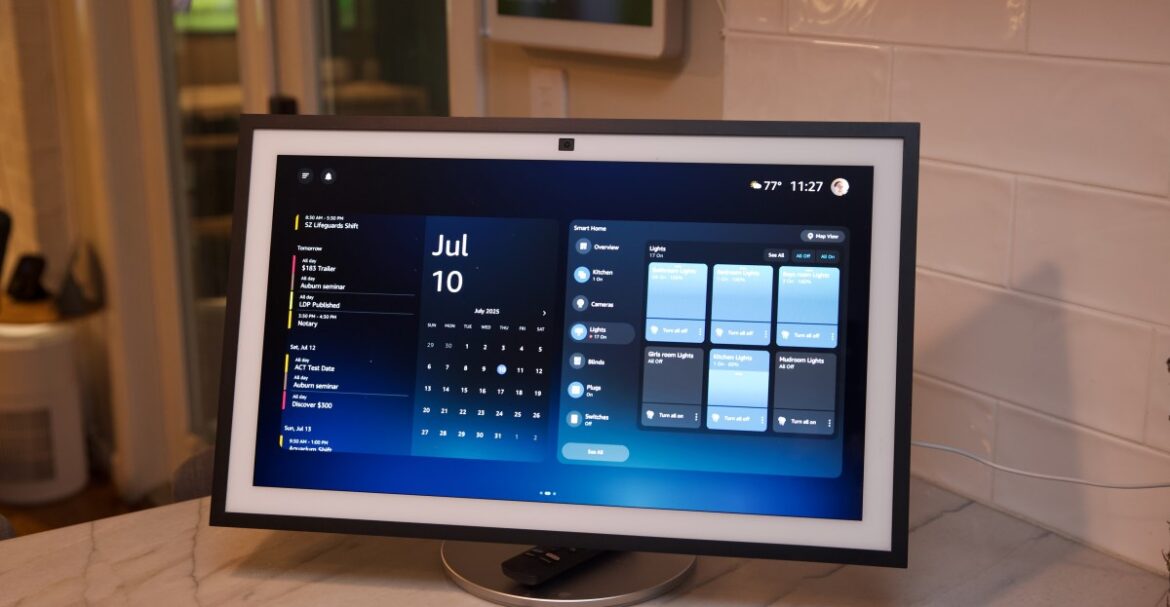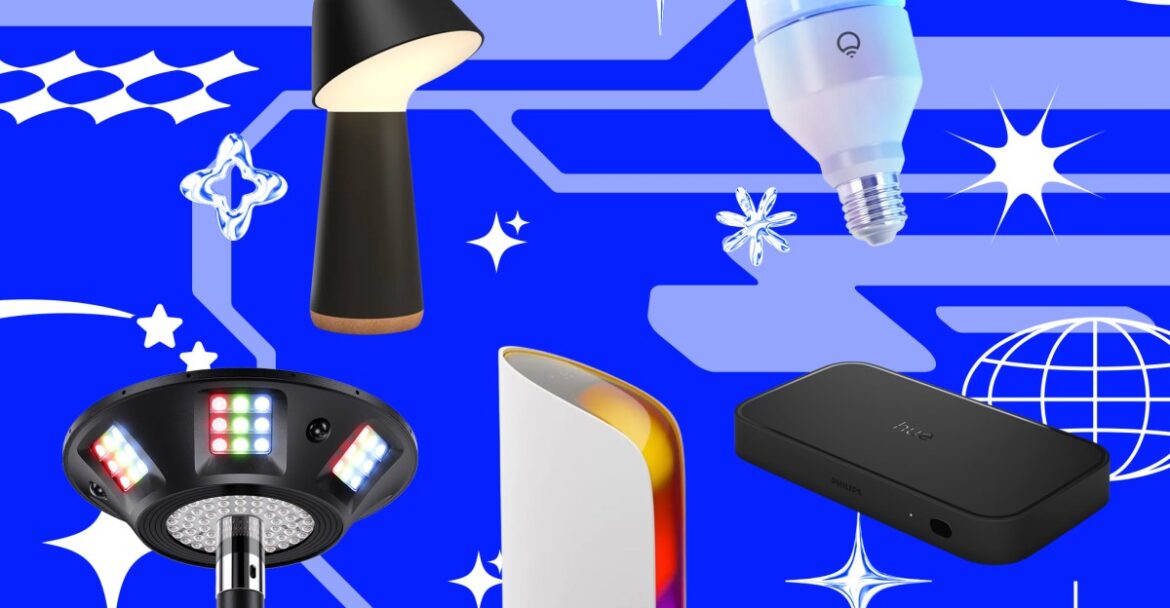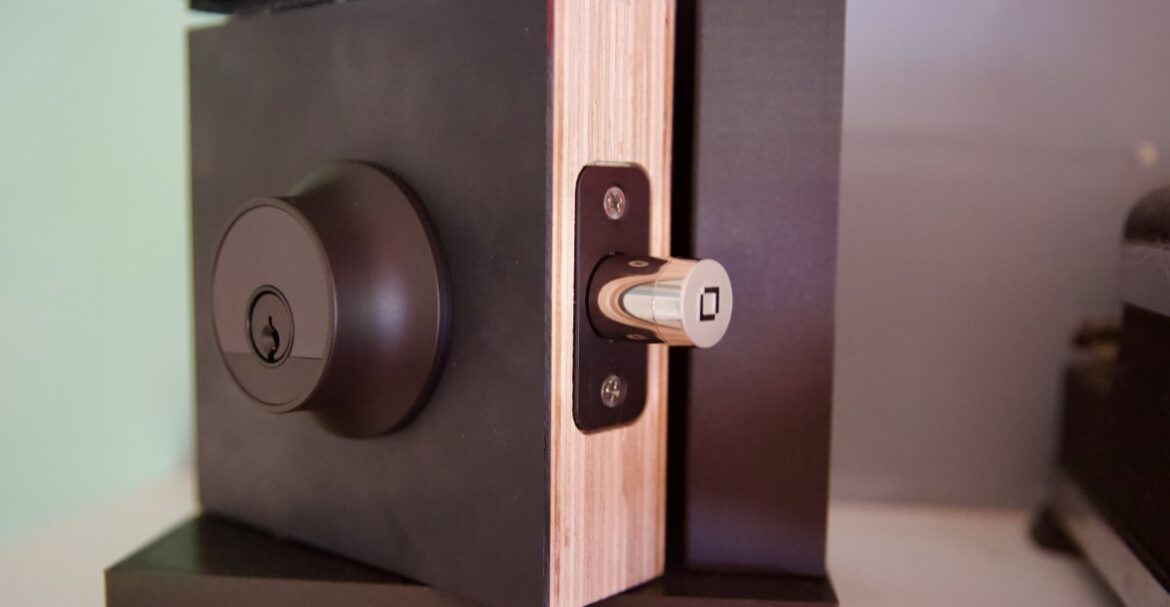Am I good at chess? I’ll take no for $1500, Alex. But do I love a funky twist on games that are older than time itself? You bet your bottom dollar I do! Enter Below the Crown, a chess video game that is also a roguelike, ,and is also a turn-based strategy game, and is also a dungeon crawler on top of that. It’s a lot! It also works very well, and in a demo that just came out today (alongside an early access release date), there’s a suggestion of something a touch more… unsettling… going on under the hood.
In Below the Crown, you are a wizard who is working to get The Emperor the gold he knows is down in the dungeon below his castle. This wizard version of you places a single king on a chess board in each run, with a selection of other, occasionally remixed versions of classic pieces at your disposal. You slowly add pieces to the board as you try to strategise your way towards taking down opposing kings, adding abilities to your various pieces as you go room by room. Sometimes you’ll be offered the opportunity to buy certain useful cards too, like one that will freeze an enemy piece in place for five turns.
It’s chess! And it’s not chess. The important thing is that the essence of the age-old game is there, that feeling of thinking where you’re going to place which piece where, albeit in a refreshingly different way. Though, it definitely is a game that is smarter than me, at least when it comes to chess, because I really would like to stress I’m pants at actual chess. Still fun though! And then there’s the creepy bits.
In between rounds, you might get asked to do things like placing a marker on a graph that reads loneliness on the Y axis and anxiety on the X axis. Upon beating a run I was asked to rank my pieces based on how I felt about them, and was then questioned on my choices afterwards. Methinks there is a bit more than just retro, roguelike chess going on here, and I’m curious to find out more.
Which I’ll be able to do soonish! As developer Misfits Attic (who also made Duskers) shared that Below the Crown will be launching into early access next month, November 10th. Better keep practicing at regular chess in the meantime so I don’t totally suck at this twisted video game version of it.
You can wishlist Below the Crown on Steam here.








